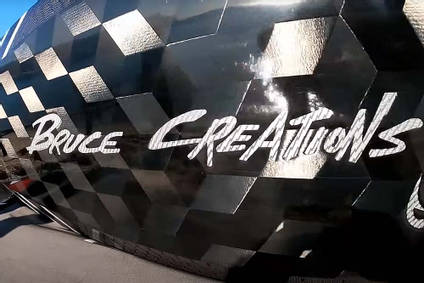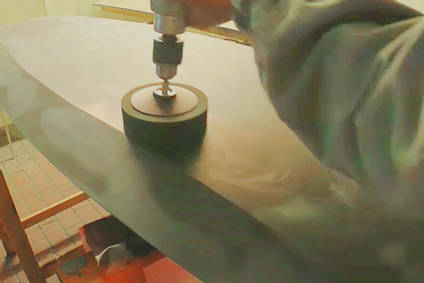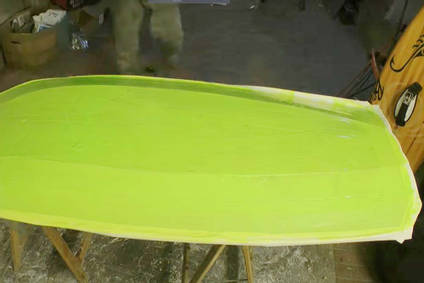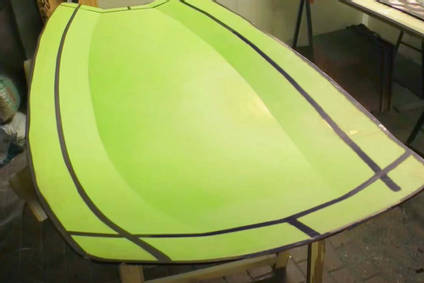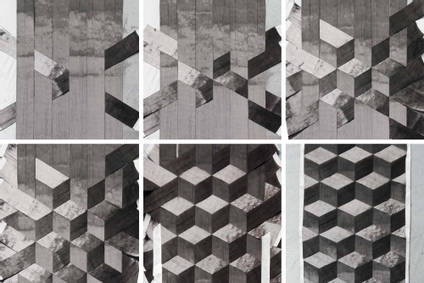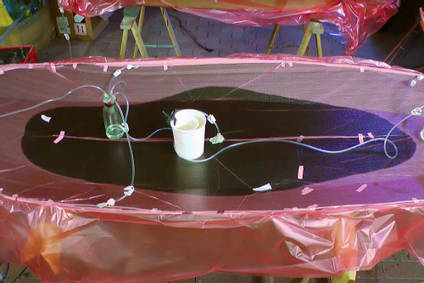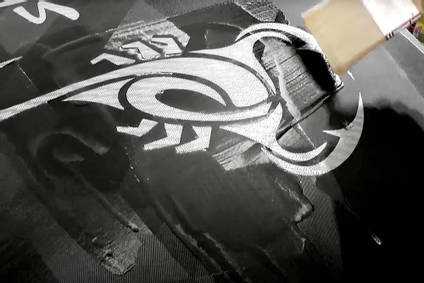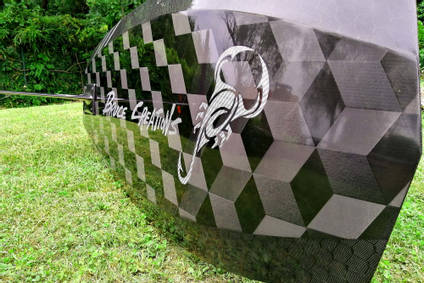Need any help or advice?+44 (0)1782 454499
PRODUCTS USED IN THIS PROJECT
Although not necessarily an exhaustive list, the following tools and materials, supplied by Easy Composites, were used in this project.
The quantity shown below is the approximate amount used in the project rounded up to the nearest available kit size or quantity.
MATERIALS & CONSUMABLES
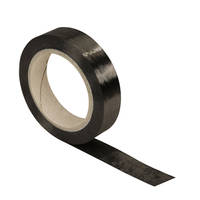

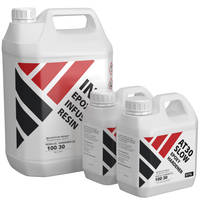
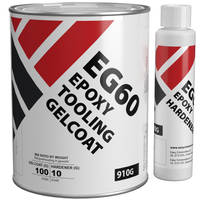
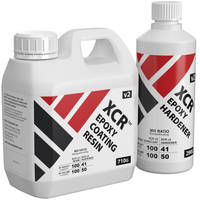
PRO CASE STUDY
Carbon Fibre Electric Hydrofoil
The basic concept was to create a full carbon fibre hollow board with some unique cosmetic features and design touches. This included making the internal battery boxes and enclosures.
The first stage was designing the shape for the components and then creating a pattern from which to take a mould. Each individual part was first shaped with EPS foam. It was carved by hand and fettled and adjusted to get the perfect shape. The EPS patterns were sanded smooth then coated with resin to get a smooth pattern from which to take the moulds.
The moulds were created using the EG60 Epoxy tooling gelcoat backed up with fibreglass and epoxy laminating resin. The design of the moulds included flanges as the intended process for the board was resin infusion. Once the moulds had cured, they were trimmed and finished off ready to be made.
The main part of the board is made up of two key parts, the hull and the deck. Both were made separately as an infused process. The design of the hull included a specially made patterned cosmetic finish. The Design involved creating the cosmetic fabric from scratch by weaving together spread tow Uni-directional material.
Strips of UD material were laid out on the work table in a straight line. More strips were carefully inserted and woven together by hand from each side at an angle to create the unique 3D pattern. It tool a considerable amount of time to carefully lay up the pattern into a sheet big enough for the hull. Masking tape was used on the edges to stabilise the sheet enough to use it.
Each half of the hull was then infused in a relatively conventional manor with a variety of fabrics used to create the two parts. The IN2 Infusion Epoxy was used throughout to give good mechanical performance. The battery boxes were made in a similar way infused, except, for electrical safety, the inner layers of the battery boxes was a woven glass fabric for insulation purposes.
For the unique environment it is used in, the bond of the hull needed to be strong yet have a small amount of flex under impact and flexural loading. So the EF80 Flexible Epoxy Resin was used to bond together and seal the hull and fixed deck parts. To seal the electronics enclosures and battery boxes, gaskets were cast using the PX30 Flexible PU rubber. Making the gaskets 1mm oversized ensured a good leak free seal when compressed as a seal. The separate wiring gaskets and grommets between the hull and the fin were also sealed by casting the PX30 to fill the gaps.
To get a great cosmetic finish to the board, the whole board was coated with XCR Epoxy Coating resin. The finish was then sanded flat and polished to a very high gloss. The XCR gave a high gloss finish and also added additional UV protection. The board was then finally assembled using a number of fixings including the bighead threaded collars to give threaded sections for removable components and panels.
Easy Composites supplied Bruce Creations with consumables and materials for the project enabling Bruce to produce genuinely expert-level carbon fibre components.
ABOUT BRUCE CREATIONS

Alessandro, is the designer and maker behind Bruce Creations.
An plastic engineer who began working with carbon fibre around 15 years ago, his first project was a parachute helmet modification in order to fit a shield to the 'onboard' camera, before progressing on to hydrofoils.
Undertaking a large range of sports equipment projects and accumulating more experience and knowledge through different techniques and processes.
CONTACT INFORMATION
| YouTube | www.youtube.com/brucecreations |
|---|---|
| facebook.com/brucecreations | |
| @brucecreations |
DISCUSSION (0)
Please share any questions or comments you may have about this video tutorial.
LEAVE A COMMENT OR QUESTION
PRODUCTS USED IN THIS PROJECT
Although not necessarily an exhaustive list, the following tools and materials, supplied by Easy Composites, were used in this project.
The quantity shown below is the approximate amount used in the project rounded up to the nearest available kit size or quantity.
MATERIALS & CONSUMABLES





ABOUT BRUCE CREATIONS

Alessandro, is the designer and maker behind Bruce Creations.
An plastic engineer who began working with carbon fibre around 15 years ago, his first project was a parachute helmet modification in order to fit a shield to the 'onboard' camera, before progressing on to hydrofoils.
Undertaking a large range of sports equipment projects and accumulating more experience and knowledge through different techniques and processes.
CONTACT INFORMATION
| YouTube | www.youtube.com/brucecreations |
|---|---|
| facebook.com/brucecreations | |
| @brucecreations |
DISCUSSION (0)
Please share any questions or comments you may have about this video tutorial.
LEAVE A COMMENT OR QUESTION
100% SECURE
PAYMENT METHODS
Easy Composites EU B.V., registered in the Netherlands 73601195. All content copyright (C) Easy Composites Ltd, 2025. All rights reserved.
